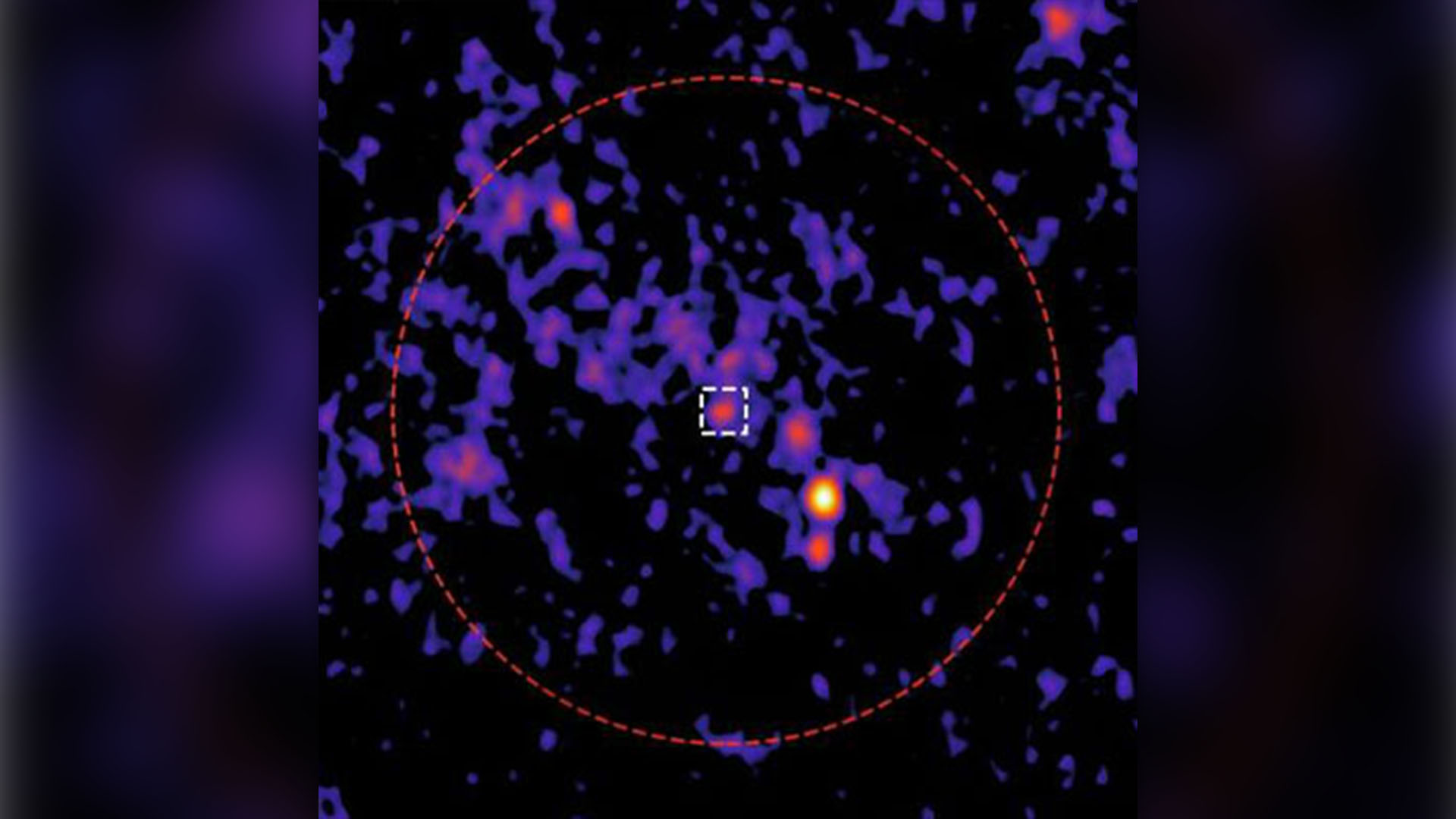Cosmology
Latest about Cosmology
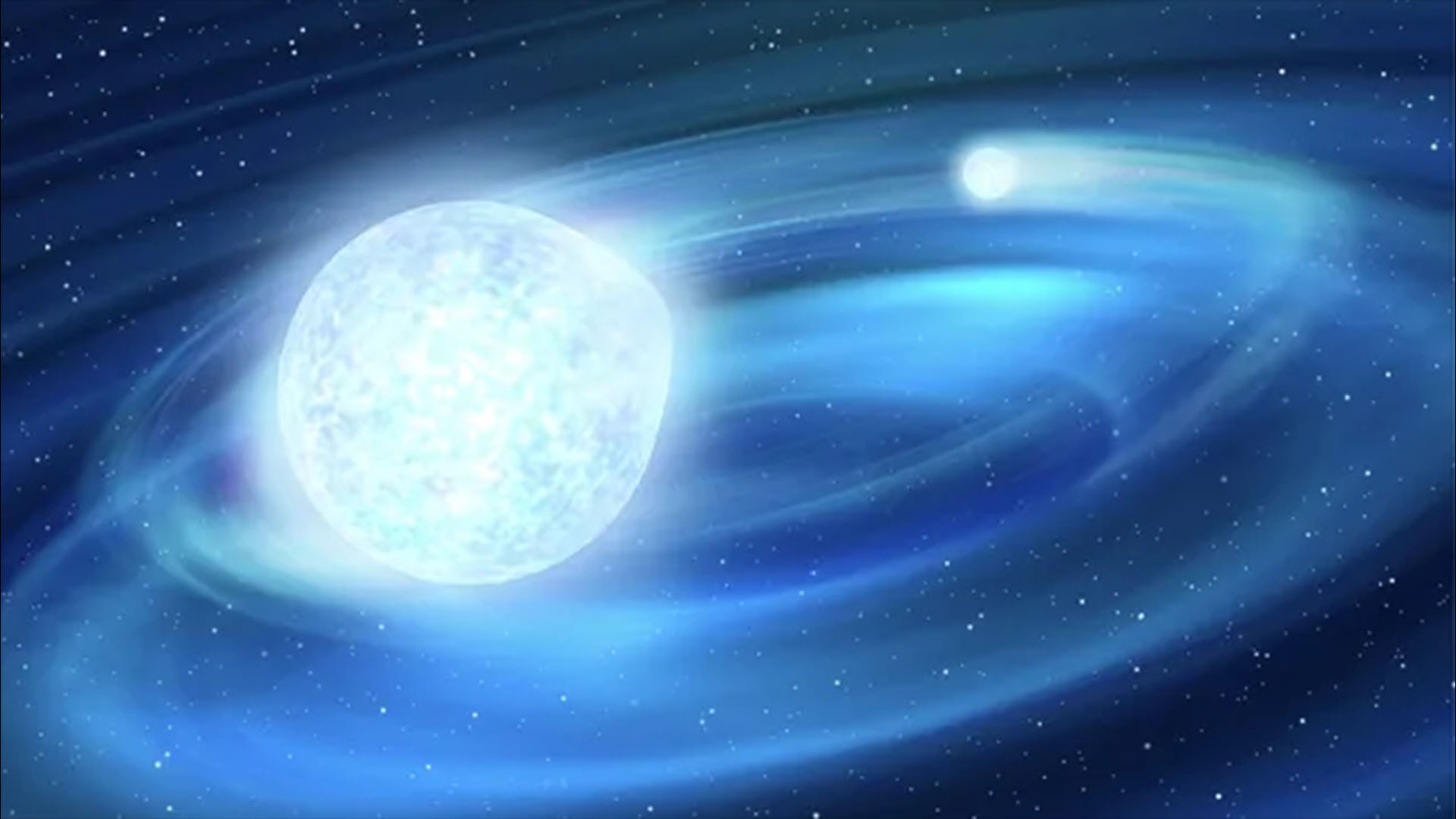
Dead star smaller than Jupiter is one of the tiniest in the known universe
By Robert Lea published
The discovery or an ultra-tiny white dwarf could reveal how stars smaller than Jupiter are born.
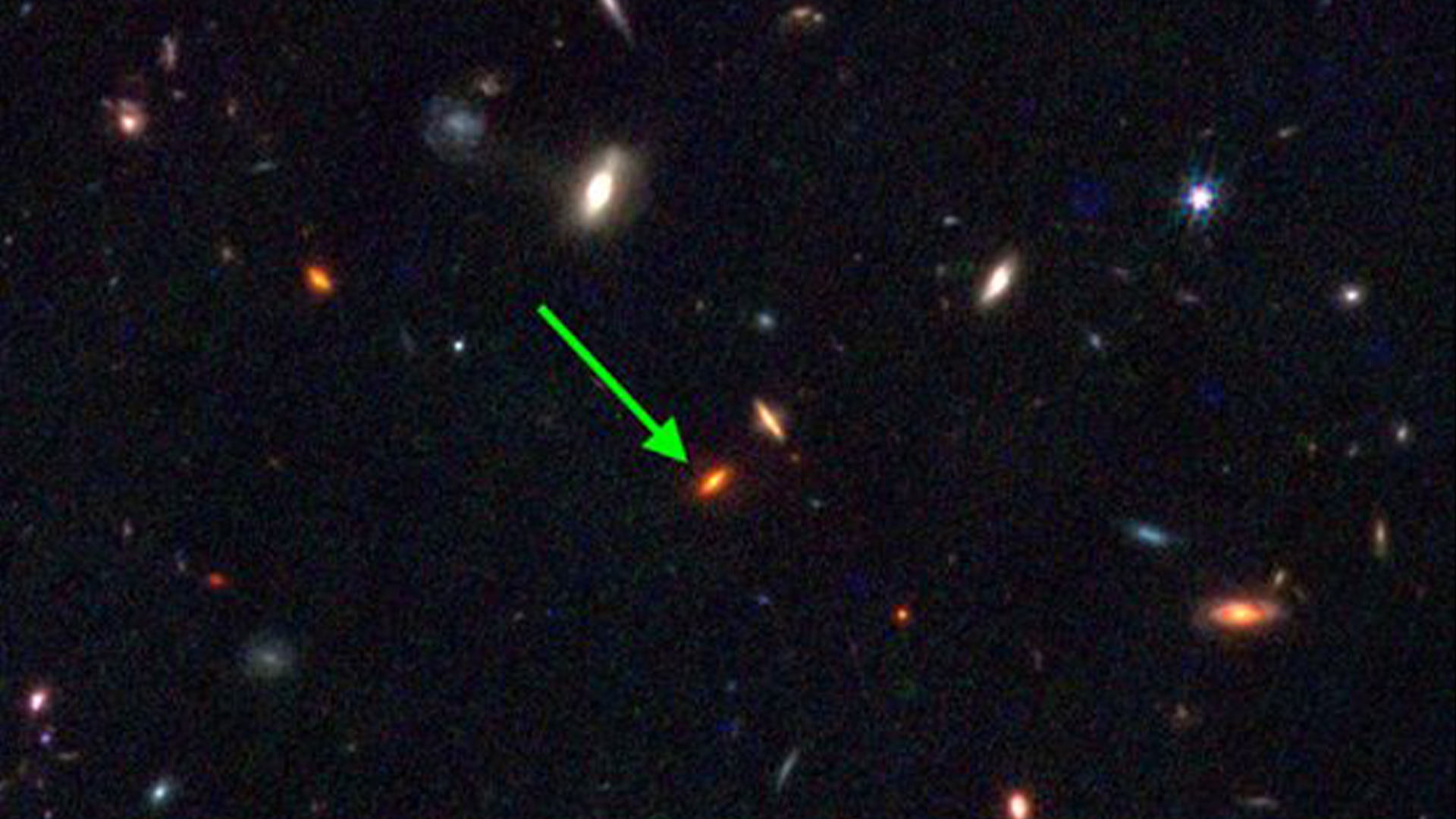
James Webb telescope finds ancient galaxy larger than our Milky Way, and it's threatening to upend cosmology
By Ben Turner published
Astronomers believe the first galaxies formed around giant halos of dark matter. But a newly discovered galaxy dating to roughly 13 billion years ago mysteriously appeared long before that process should have occurred.
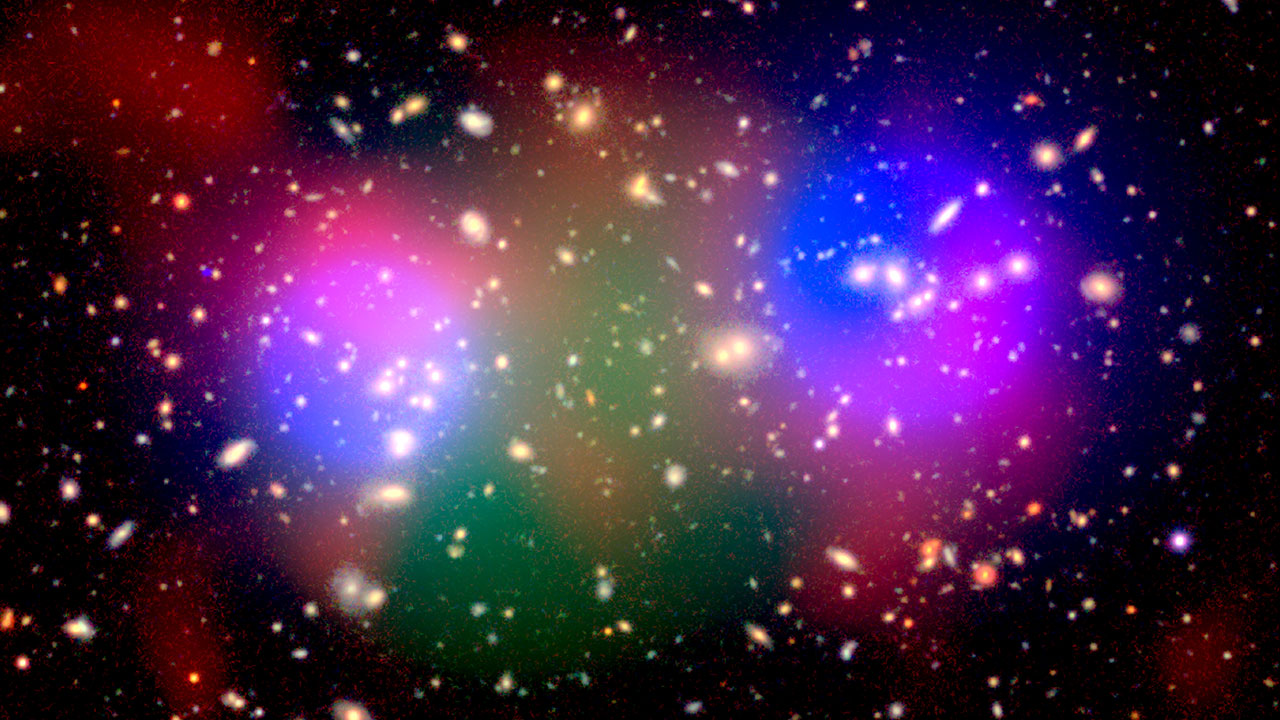
There may be a 'dark mirror' universe within ours where atoms failed to form, new study suggests
By Paul Sutter published
The invisible substance called dark matter remains one of the biggest mysteries in cosmology. Perhaps, a new study suggests, this strange substance arises from a 'dark mirror universe' that's been linked to ours since the dawn of time.
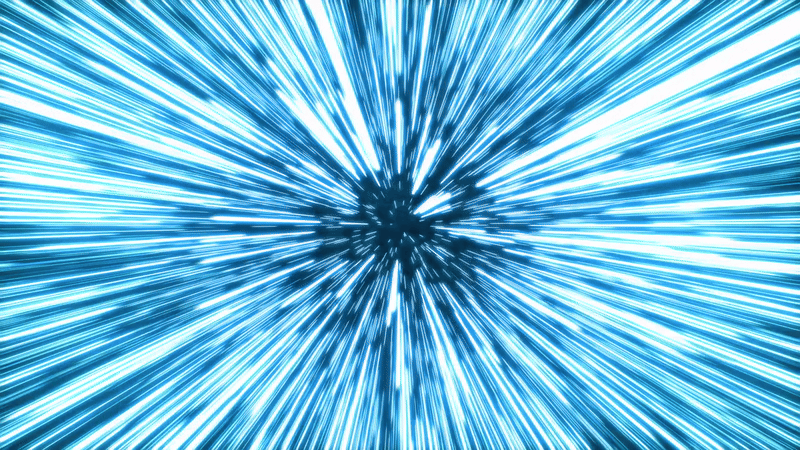
What would happen if you moved at the speed of light?
By Rebecca Sohn published
There's nothing faster than the speed of light. So, what would happen if a human managed to move at this universal speed limit?
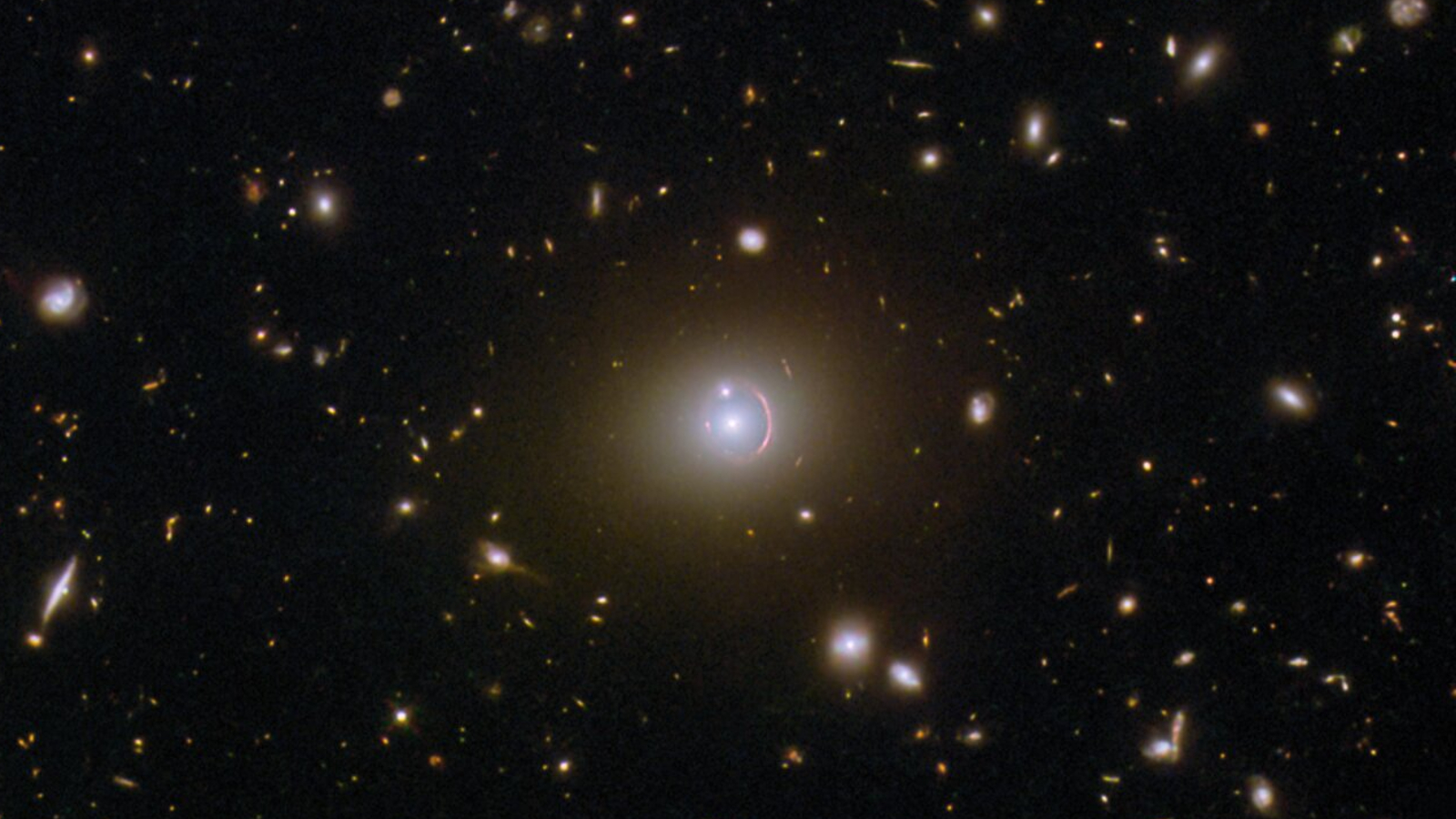
Stunning 'Einstein engagement ring' from the early universe is one of the oldest ever discovered
By Harry Baker published
The Hubble Space Telescope has snapped a stunning photo of one of the most distant Einstein rings ever found. The luminous halo of light aligns perfectly with another galaxy, making it look like a cosmic engagement ring.
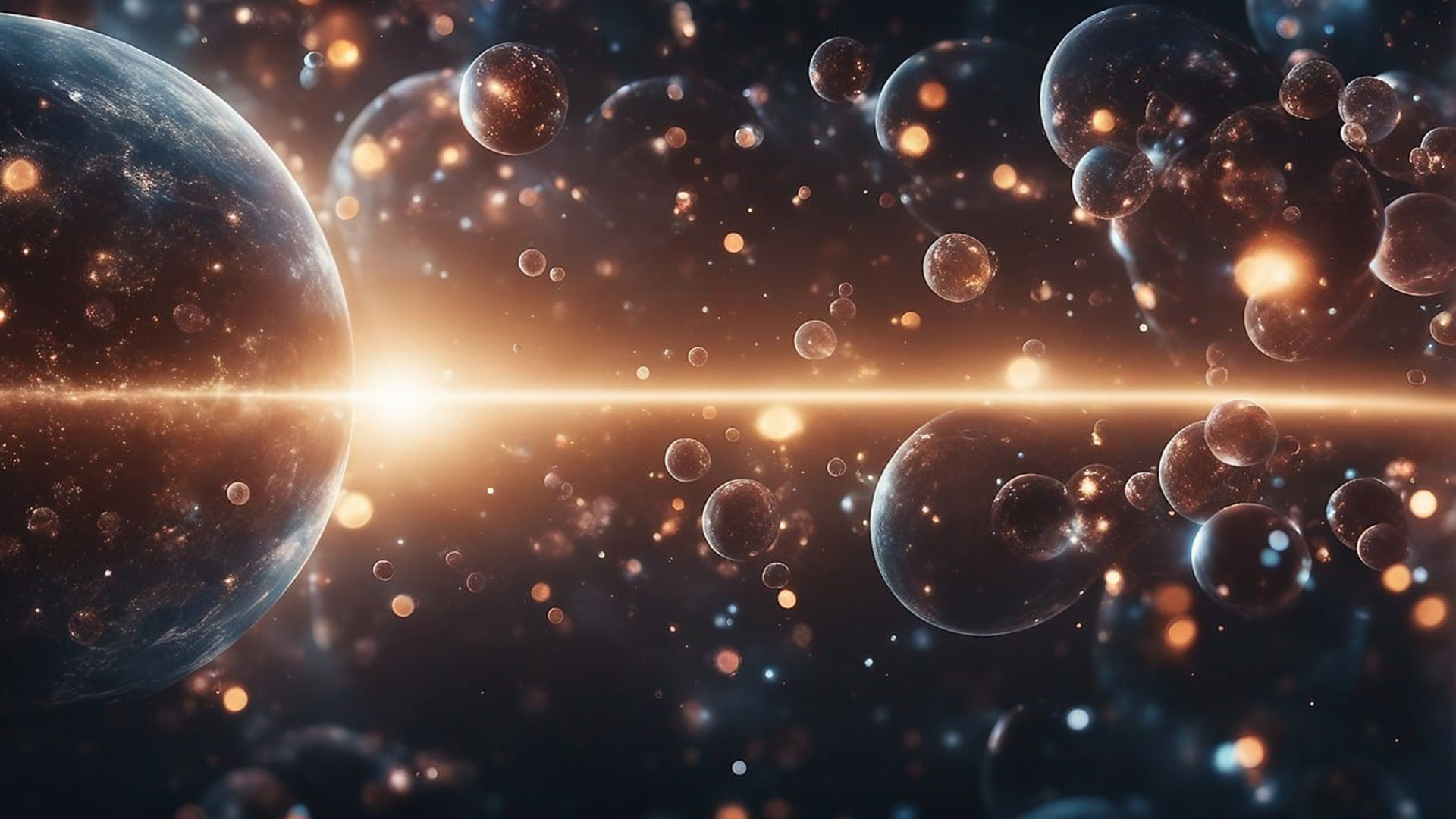
Our universe is merging with 'baby universes', causing it to expand, new theoretical study suggests
By Andrey Feldman published
The universe is expanding faster and faster, but not all scientists agree that dark energy is the cause. Perhaps, instead, our universe keeps colliding with and absorbing smaller 'baby universes,' a new theoretical study suggests.
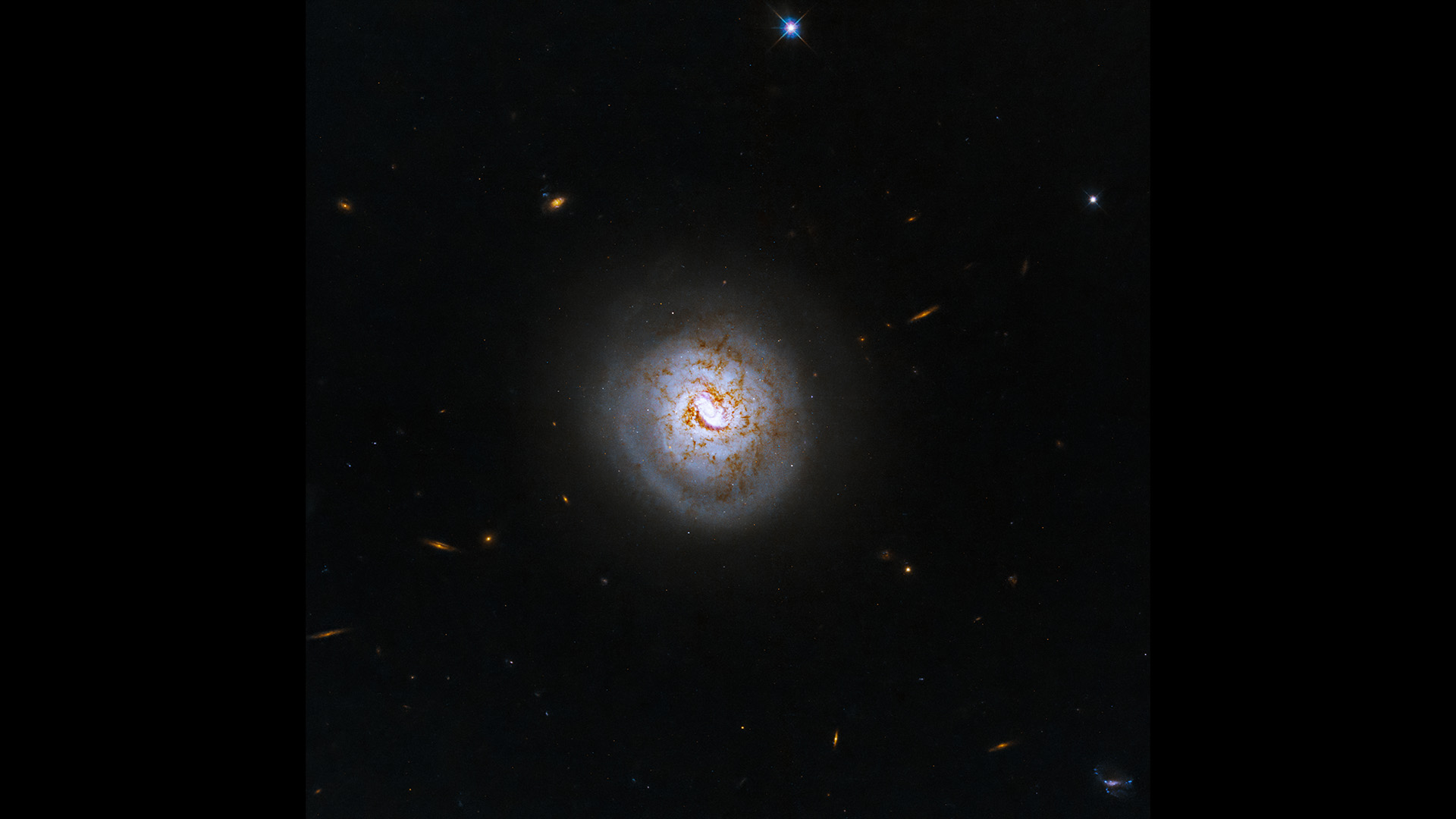
Space photo of the week: Hubble catches a 'baseball galaxy' with a black hole heart
By Jamie Carter published
ESO 420-G013 is a face-on spiral galaxy with an almost perfectly round disk and an active black hole lighting up its starry guts.
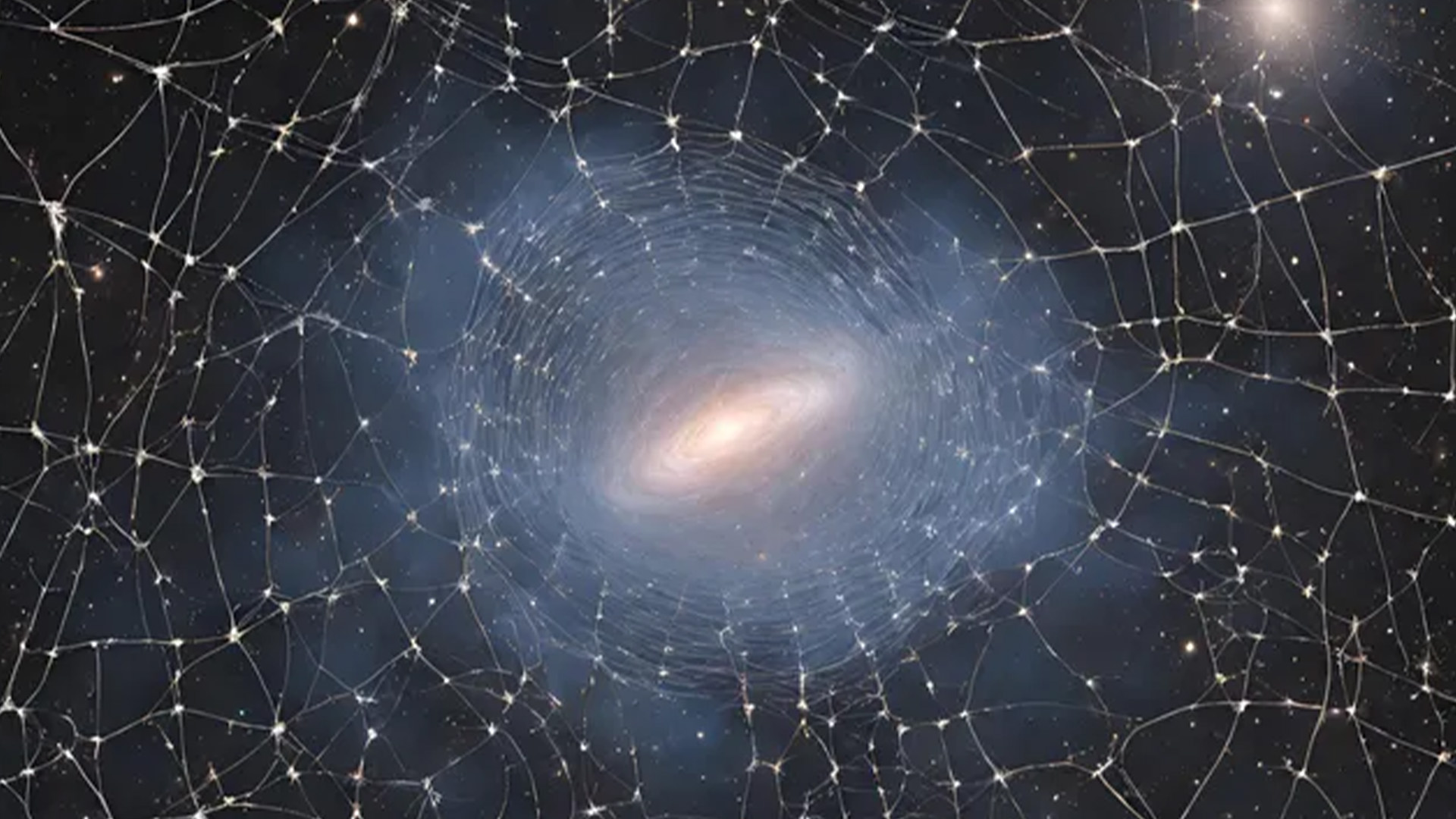
How do galaxies grow while ensnared in the universe's cosmic web?
By Robert Lea published
New simulations show how thousands of galaxies evolve by traveling through the strands of gas, dust and stars that make up the universe's "cosmic web."
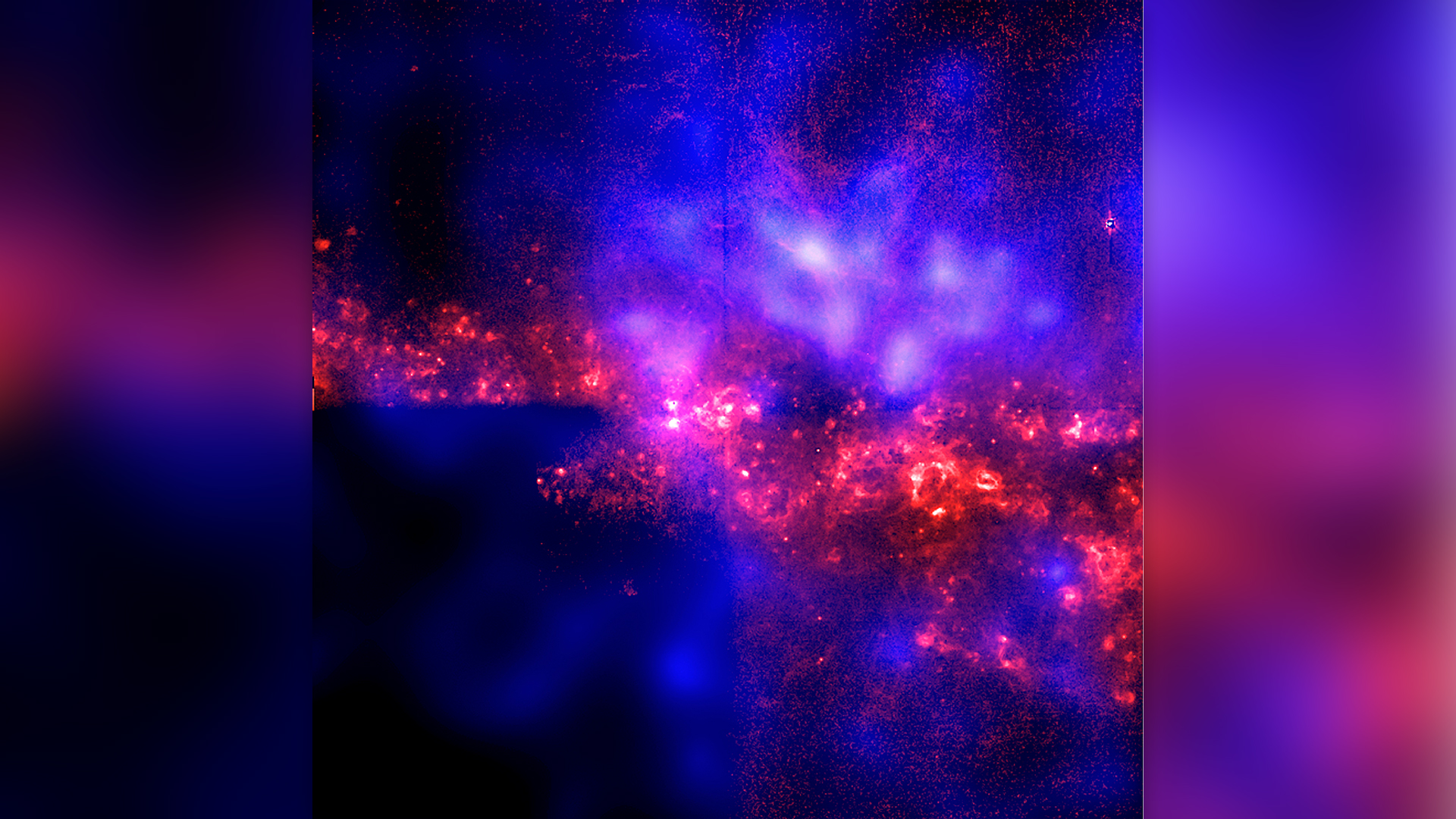
Dark matter could be gently wobbling space-time around us — and scientists may finally know how to detect it
By Andrey Feldman published
A new paper suggests we may finally be able to uncover the identity of dark matter using the same technology that detects ripples in space-time known as gravitational waves.
Sign up for the Live Science daily newsletter now
Get the world’s most fascinating discoveries delivered straight to your inbox.
